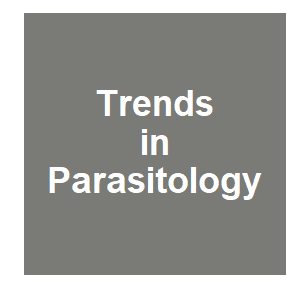Yes, Irradiated Sterile Male Mosquitoes Can Be Sexually Competitive!

|
J. Bouyer and M. J. B. Vreysen,
Trends in Parasitology,
2020.

Adequate sexual competitiveness of sterile males is a prerequisite for genetic control methods, including the sterile insect technique. During the past decade several semi-field and open-field trials demonstrated that irradiated male mosquitoes can be competitive. Although the biological quality or competitiveness (Box 1) of released sterile male insects is essential to ensure success in genetic insect pest-control programmes, in most cases this is rarely assessed [1]. Entomological effectiveness in all male release programmes – including irradiated, Wolbachia-infected, and transgenic males – that use colonized insects can only be proven by calculating the competitiveness of the released males. Here, we argue that a reduction in quality of the produced sterile male insects is mostly related to the mass-rearing, handling, marking, and release processes, rather than radiation per se. As an example, in the sterile insect technique (SIT) programmes against tsetse flies, it was demonstrated that chilling and transport of sterile male pupae were the main factors impacting their quality [2]. More related to this: Sterile Insect Techniques, GE mosquitoes and gene drives The impact of releasing sterile mosquitoes on malaria transmission Field trial of competitive displacement of Aedes-polynesiensis by Aedes-albopictus on a Pacific atol Meiotic drive alters sperm competitive ability in stalk-eyed flies Sex ratio distorter reduces sperm competitive ability in an insect
|



